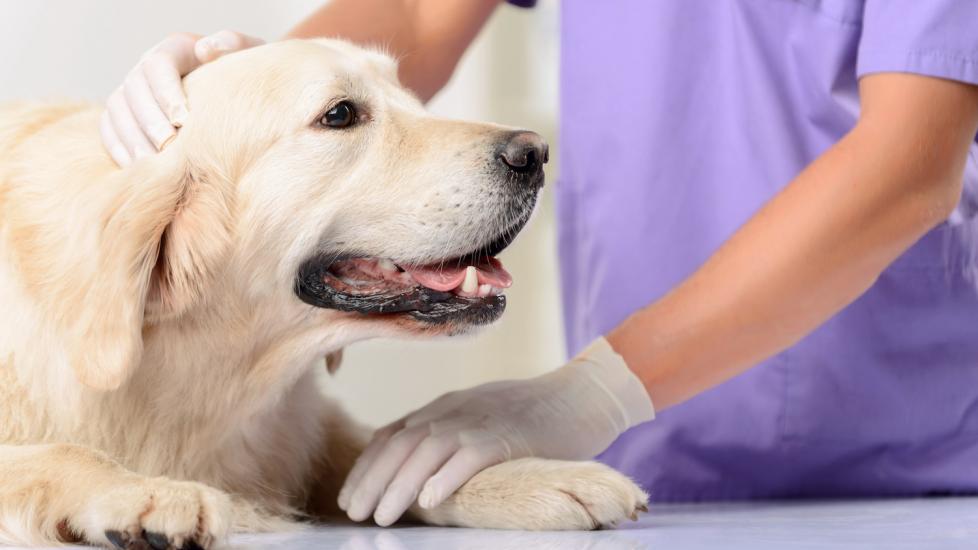The Complexity of Spina Bifida: Understanding and Managing a Canine Congenital Condition
Imagine the gentle wagging tail, the bright eyes filled with unconditional love, and the loyal presence that dogs bring into our lives. However, behind these endearing qualities lies a world of intricate health concerns that pet owners must navigate to ensure their canine companions live long, healthy lives. One such condition is spina bifida, a congenital defect affecting the spinal column’s development. In this article, we delve into the complexities of spina bifida in dogs, exploring its causes, symptoms, diagnosis, treatment options, and preventive measures for responsible dog guardians.
What Is Spina Bifida?
Spina bifida refers to a group of birth defects where there is incomplete closure of the vertebrae during embryonic development. This results in an abnormal formation of the spine and spinal canal, potentially leading to nerve damage and various clinical signs depending on the severity of the condition. While it primarily affects humans, it also occurs in dogs, albeit less commonly than in human infants.
Causes of Spina Bifida in Dogs
The exact cause of spina bifida in dogs remains somewhat of a mystery; however, genetic predisposition seems to play a significant role. Certain breeds are more likely to develop the condition due to inherited traits, including Bulldogs, Cocker Spaniels, Boxers, Pugs, and Dachshunds. Environmental factors may also contribute, but further research is needed to fully understand how they influence the onset of spina bifida.
Symptoms of Spina Bifida in Dogs
Symptoms of spina bifida in dogs vary widely based on the location and extent of the spinal deformities. Some common indicators include:
- Paralysis or Weakness: Affected areas might exhibit partial or complete loss of motor function.
- Incontinence: Bladder and bowel control issues could be present if the nerves controlling these functions are affected.
- Pain: The malformation itself or associated nerve compression may lead to chronic pain.
- Hind Limb Deformities: Abnormal growth patterns can result in twisted limbs or joints.
- Scoliosis: Curvature of the spine is another possible complication.
Diagnosis and Treatment of Spina Bifida in Dogs
Diagnosing spina bifida typically involves a combination of physical examination, imaging techniques like X-rays or MRI scans, and neurological testing. Early detection through prenatal screening or at-birth evaluations is crucial for managing the condition effectively. Once diagnosed, treatment plans are tailored to the individual needs of each dog, which may include:
- Medical Management: Pain relievers, anti-inflammatory drugs, muscle relaxants, and medications to manage urinary and fecal incontinence can help alleviate symptoms.
- Physical Therapy: Regular sessions aimed at maintaining mobility and strengthening muscles around the affected area can improve quality of life.
- Surgery: In some cases, surgical intervention may be necessary to close the spinal defect, relieve pressure on the nerves, and correct any associated deformities.
- Lifestyle Modifications: Adaptations such as special harnesses, ramps, or even wheelchairs may be required to aid movement and reduce stress on the back and legs.
Preventing Spina Bifida in Dogs
Prevention strategies focus on breeding practices that aim to reduce the incidence of hereditary diseases. Responsible breeders screen their stock for known genetic markers linked to spina bifida and avoid pairing carriers unnecessarily. Additionally, providing pregnant dogs with a balanced diet rich in folic acid (a nutrient essential for proper neural tube development) may help lower the risk of the condition developing in puppies.
Conclusion
Spina bifida in dogs is a complex issue requiring attentive care from both veterinarians and dedicated pet parents. By understanding the intricacies of this condition and taking proactive steps towards prevention and management, we can provide our beloved canines with the best chance at a fulfilling existence despite facing such challenges. Through continued education, research, and compassionate support, we strengthen the bond between human and animal, ensuring the well-being of our four-legged friends.
